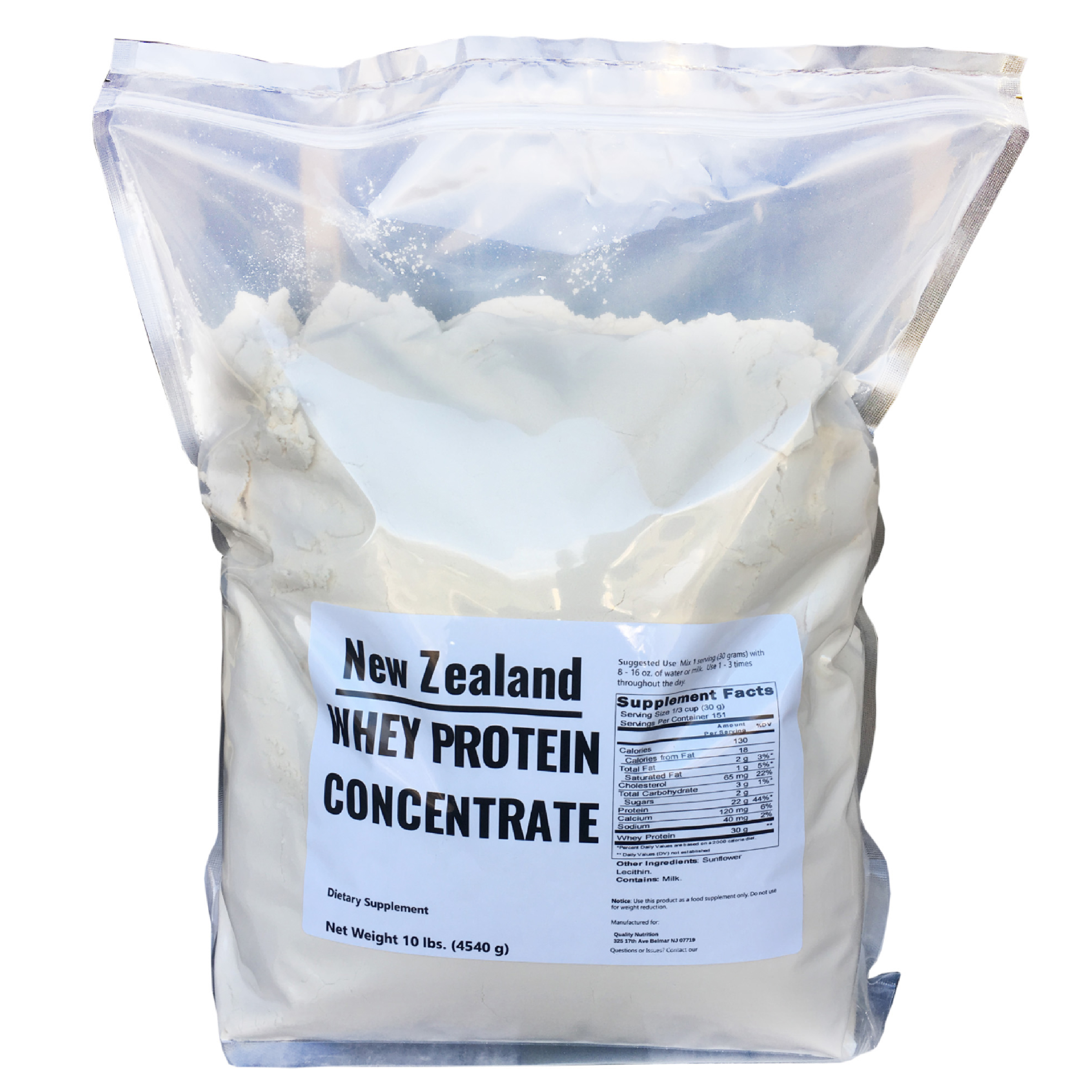Title: What is Silk Protein?
Silk protein is a natural protein derived from silk worms. It is a fibrous protein with a high molecular weight and consists of multiple chains of amino acids. Silk protein has been used in various applications such as clothing, bedding, and medical treatments due to its unique properties. It is also being studied for its potential in biotechnology and medicine. The protein is produced by silk worms as they construct their cocoons and is extracted from the cocoons after the worms pupate and emerge as adult moths. Silk protein has numerous beneficial properties including being hypoallergenic, antibacterial, and biocompatible with human skin. It is also resistant to UV light and has been found to possess antioxidant properties. Silk protein is an incredibly versatile material with a wide range of applications and benefits.
Silk protein, also known as silk fibroin, is a naturally occurring protein found in the silkworm’s cocoon. It is composed of two main components: silk I and silk II, which are arranged in a regular manner to form a strong and resilient fiber. Silk protein has numerous applications in various fields due to its unique properties, such as high tensile strength, elasticity, and biocompatibility.
Firstly, silk protein has been extensively studied for its mechanical properties. The silkworm’s cocoon is one of the most remarkable natural materials, offering a combination of high tensile strength and elasticity. This means that silk protein can withstand high levels of stress without breaking or losing its shape. This property has made silk protein a promising candidate for use in various engineering applications, such as biomaterials, sensors, and actuators.
Secondly, silk protein has excellent biocompatibility. It is derived from a natural source, the silkworm, and therefore does not have any harmful effects on the human body. In fact, silk protein has been used in medicine for centuries, primarily as a bandage material due to its ability to promote healing and reduce infection risk. Moreover, silk protein can also be used to create implants and other medical devices that are compatible with the human body.

Thirdly, silk protein is also sustainable and biodegradable. It is derived from a renewable resource, the silkworm, and can be easily degraded by natural processes when it is no longer needed. This makes silk protein an environmentally friendly material that can be used for various applications without causing any long-term environmental damage.
In conclusion, silk protein is a versatile and unique material that has numerous applications in various fields. Its combination of high tensile strength, elasticity, biocompatibility, and sustainability makes it an attractive candidate for use in various engineering and medical applications. With further research and development, silk protein could become a leading material in future technology advancements.
One of the most interesting applications of silk protein is in the field of technology. Researchers are exploring ways to use silk protein as a biomaterial for creating sensors and actuators that can interface with electronic devices. This could lead to the development of wearable technology that is not only comfortable but also has superior performance characteristics compared to traditional materials. Silk protein could also be used to create batteries and solar cells that are more efficient and longer-lasting than current technologies.

Another exciting application of silk protein is in the medical field. Silk protein has been used for centuries as a traditional medicine in China and other parts of Asia to treat various ailments such as fever, coughs, and skin diseases. Modern research has shown that silk protein also has antiviral and antibacterial properties that make it an effective treatment for certain infections. Furthermore, silk protein can also be used to create surgical sutures that are stronger and more durable than traditional sutures while also promoting healing faster.
In conclusion, Silk Protein is a versatile material with numerous applications in various fields such as engineering, medicine, and technology. Its unique combination of properties makes it an attractive candidate for future advancements in technology and medicine while also being sustainable and biodegradable which makes it an environmentally friendly material to use for these applications.
Articles related to the knowledge points of this article:
Title: The Art of Capturing Professionalism: The Significance of Suit, Tie and ID Photos
Title: Mastering the Art of Triangle Ties: A Comprehensive Guide for Men
Old Down Jackets: A Look Back at Fashion’s Past and Future
Title: Mastering the Art of Tie Knotting: A Comprehensive Guide to Tying a Tie Video Tutorial
Title: Mastering the Art of Hermès Scarves: A Comprehensive Guide to Tying Techniques



